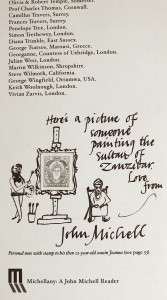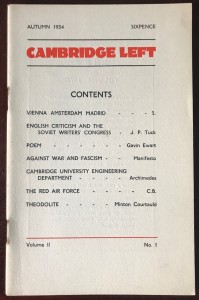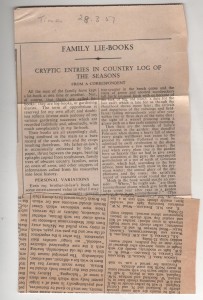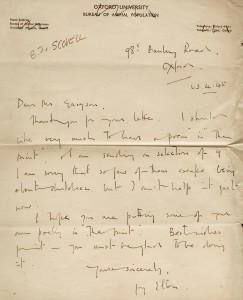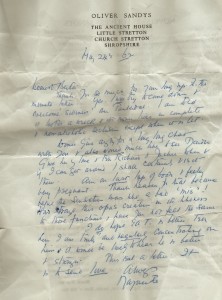 Found tucked away in the same envelope with the letter ( see earlier Jot) written to Oliver Onions from Rupert Croft-Cooke is a short letter dated May 24th1962 from the very prolific novelist and magazine contributor Marguerite Evans ( 1886 – 1964) to fellow novelist Berta Ruck (1878 – 1978), wife of Oliver Onions. Evans wrote under three pen names—Oliver Sandys—which she used on some of her headed notepaper—Marguerite Barclay (using her given name) and Countess Barcynska. Evans published an incredible 130 novels between 1911 and 1946, and her oeuvre also includes non-fiction. She has been described as a purveyor of ’middlebrow fiction ‘, which as one critic has pointed out, is not a helpful term in her case. Several of her novels were filmed, most notably ‘The Pleasure Garden’( 1925), which was Alfred Hitchcock’s first completed film as director.
Found tucked away in the same envelope with the letter ( see earlier Jot) written to Oliver Onions from Rupert Croft-Cooke is a short letter dated May 24th1962 from the very prolific novelist and magazine contributor Marguerite Evans ( 1886 – 1964) to fellow novelist Berta Ruck (1878 – 1978), wife of Oliver Onions. Evans wrote under three pen names—Oliver Sandys—which she used on some of her headed notepaper—Marguerite Barclay (using her given name) and Countess Barcynska. Evans published an incredible 130 novels between 1911 and 1946, and her oeuvre also includes non-fiction. She has been described as a purveyor of ’middlebrow fiction ‘, which as one critic has pointed out, is not a helpful term in her case. Several of her novels were filmed, most notably ‘The Pleasure Garden’( 1925), which was Alfred Hitchcock’s first completed film as director.
Ruck and Evans did not live too far from one another –Ruck in Aberdovey and Evans at The Ancient House, Little Stretton, Shropshire. In the letter Evans promises to visit the older woman:
‘Would give anything for a long, long chat with you…Am on last lap of book & feeling very pregnant. Thank heaven for that because before, the sensation was like a bad ‘ mis ‘ ! How strange this opus creation in its likeness to those functions. Have you not felt the same?
I do hope EAT. is better. Tell him I am truly and regularlyconcentrating on him & it would be lovely to hear he is better & stronger. This isn’t a letter . It is to send love.
Always
Marguerite. ‘
Two years later Evans was dead. Her husband Caradoc, who she had married in 1933, had died aged just 67, back in 1945. A controversial writer, whose collection of short stories, My People(1915) earned him the unenviable title ‘ the best-hated man in Wales’, is now recognised as ‘ the founding father of Anglo-Welsh writing’. On his death Marguerite paid him the greatest tribute by publishing his biography. Her own autobiography, Full and Frank, may shed some light on her friendship with Ruck and may also identify EAT. Ruck died in 1978 aged 100.
I found Chris Hopkins’ online paper ‘ Self-portrait of the Middlebrow as artist’ useful in the compilation of this Jot. [R.M.Healey]

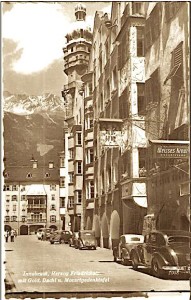
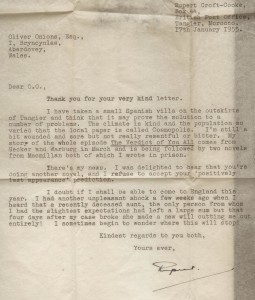 between consenting adults were made legal, many men from all backgrounds, including actors, writers and at least one famous mathematician, were prosecuted and sometimes jailed. The persecution of Dr Alan Turing, the genius who helped the UK win the Second World War, is a shameful blot on the English penal system, but another victim of the law whose conviction has aspects in common with that of Turing is the less well-known writer Rupert Croft-Cooke (1903 – 75).
between consenting adults were made legal, many men from all backgrounds, including actors, writers and at least one famous mathematician, were prosecuted and sometimes jailed. The persecution of Dr Alan Turing, the genius who helped the UK win the Second World War, is a shameful blot on the English penal system, but another victim of the law whose conviction has aspects in common with that of Turing is the less well-known writer Rupert Croft-Cooke (1903 – 75).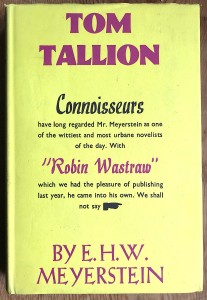
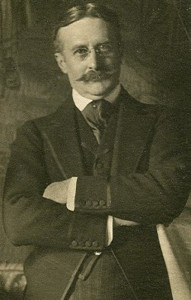
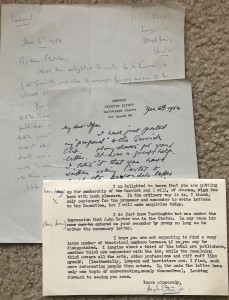
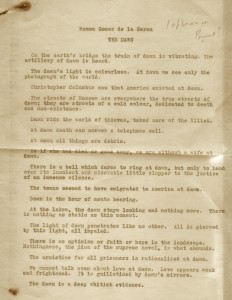 poem entitled ‘The Dawn’ by the famous Spanish experimental writer
poem entitled ‘The Dawn’ by the famous Spanish experimental writer 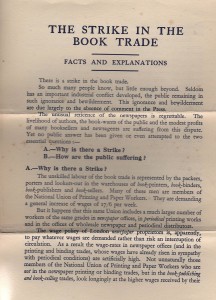
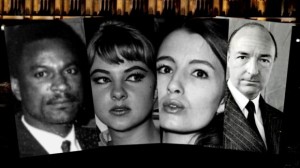
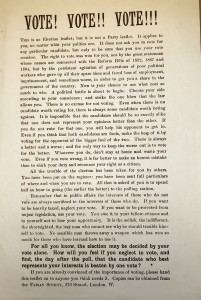
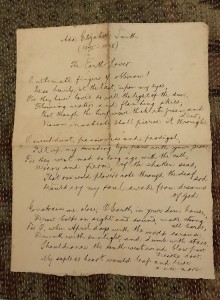
 Connecticut 1928) – a special American edition. The great historian ‘s paean to the joys of walking (” I have two doctors, my left leg and my right..’) was published first as an essay in 1913 in Clio, a muse, and other essays literary and pedestrian and the American introduction by J. Brooks Atkinson notes that the walking world has changed much since then: “..the motor car has completely separated the walkers from the riders. It lays a new responsibility upon the walkers to conduct themselves nobly in God’s light.. they cannot be road walkers now, like Stevenson, since roads have become arteries -hardened arteries- of traffic. They are pushed willy-nilly into the hills, meadows and woods beyond the clatter and the evil fumes of the highway..” (he then launches an attack on the new walking clubs- ‘their walking is a bastard form of motoring.’) Trevelyan’s essay recalls a world now largely lost, although our great modern walkers (Iain Sinclair, Robert Macfarlane, Will Self) still find great places to ramble. GMT writes:
Connecticut 1928) – a special American edition. The great historian ‘s paean to the joys of walking (” I have two doctors, my left leg and my right..’) was published first as an essay in 1913 in Clio, a muse, and other essays literary and pedestrian and the American introduction by J. Brooks Atkinson notes that the walking world has changed much since then: “..the motor car has completely separated the walkers from the riders. It lays a new responsibility upon the walkers to conduct themselves nobly in God’s light.. they cannot be road walkers now, like Stevenson, since roads have become arteries -hardened arteries- of traffic. They are pushed willy-nilly into the hills, meadows and woods beyond the clatter and the evil fumes of the highway..” (he then launches an attack on the new walking clubs- ‘their walking is a bastard form of motoring.’) Trevelyan’s essay recalls a world now largely lost, although our great modern walkers (Iain Sinclair, Robert Macfarlane, Will Self) still find great places to ramble. GMT writes: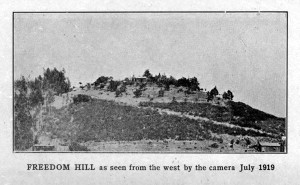
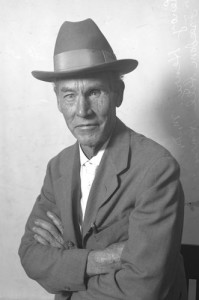
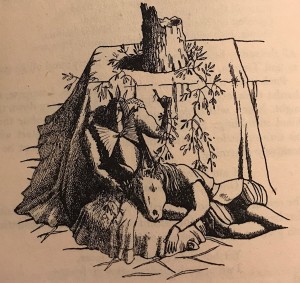
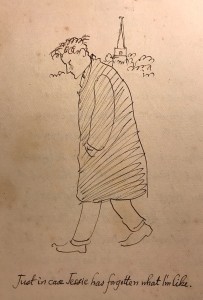 Found– Moonlight at the Globe;: An essay in Shakespeare production based on performance of A `Midsummer Night’s Dream at Harrow School (Joseph, London 1946). It was written by
Found– Moonlight at the Globe;: An essay in Shakespeare production based on performance of A `Midsummer Night’s Dream at Harrow School (Joseph, London 1946). It was written by 